Recommendations how to get rid of bugs in flour and croup
Black bugs and other insects in flour and croup - a common problem. Appearing, they rapidly faint everything, and several days of delay can lead to the fact that the pests will have long. They not only spoil the products, but also capable of causing poisoning and allergic reactions. The pests can be brought from the store with poor-quality products, they also come in places of improper storage of products. We will talk about the methods of combating bugs.
Types of pests
To date, the following types of home pests are known:
Bread grinder
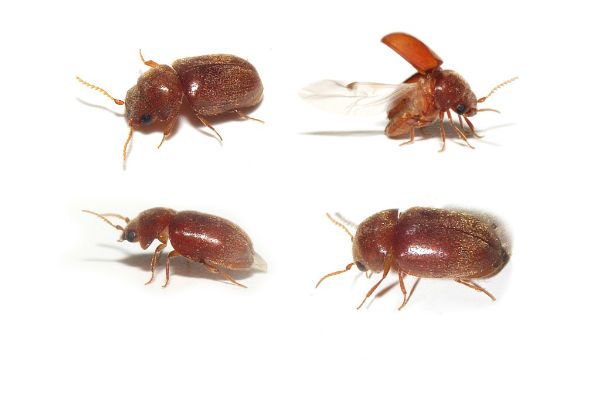
It meets in bakery, where they forget about the main methods of hygiene and disinfection and, perfectly adapting almost in any environment, falls with the products at home. Insect size 3 millimeters long, it flies great, which allows him to quickly move from place to place and, because of this it is more difficult to eliminate it. It usually eats bread, but can enjoy rice, buckwheat, tea, animal feed and even an old book.
Mukohed
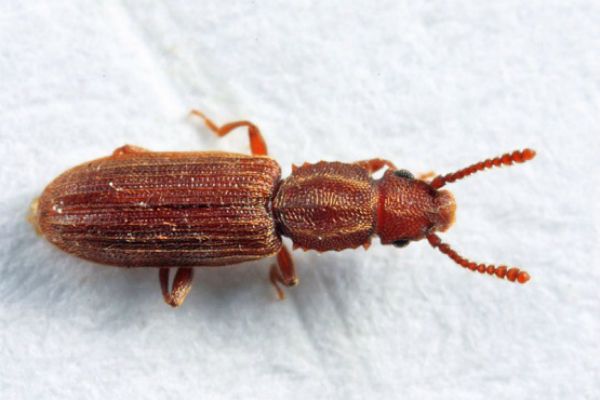
Prefers flour, cereals and grain crops. It is very voracious, despite its tiny dimensions - 2 millimeters in length. Mukached's larva is even smaller, so it is difficult to immediately notice: black dots, found in flour, is a sign of finding larvae of Mukeda. The bug is very fruit, offspring brings up to 7 times a year in large quantities. Therefore, in just a couple of months, flour can turn into a ramp of these insects. The ideal environment for Mukeda is increased humidity and heat.
Flour Khrushchk
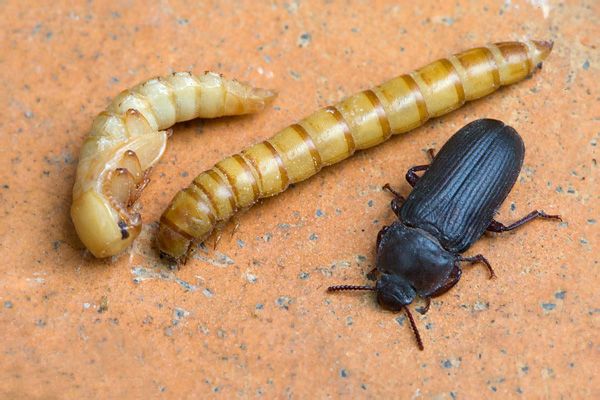
This is a small insect up to 4 millimeters long, a reddish brown shade. It rapidly multiplies, and it settles not only in flour and cereal, but also in furniture, dishes. To withdraw the Khushchka is very difficult, as it is unpretentious to habitat conditions and enduring.
Food mole
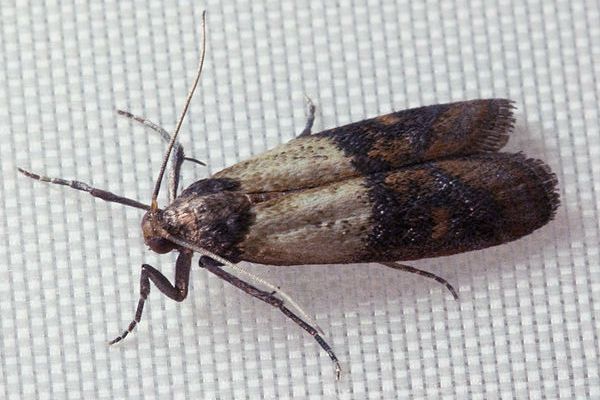
She looks like a simple mole. The length of its Taurus does not exceed 1 centimeter. It characterizes high fertility (over five hundred eggs in two weeks, of which caterpillars are derived). Mol devour the reserves of croup at high speed. Her ability to hide, fly and disguise for dark items, make it almost invulnerable.
Weevils
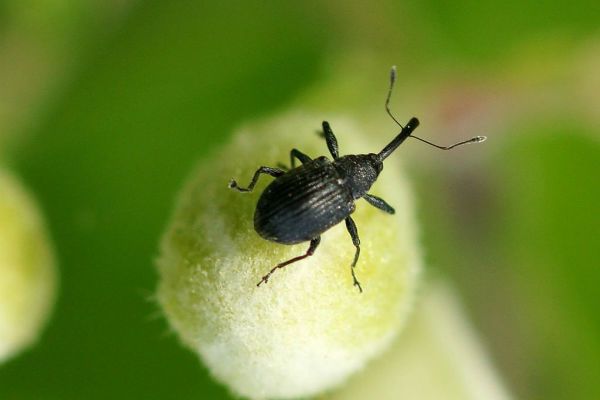
They may appear literally in all products: cereals, flour, bread, dried fruits, fruits and vegetables. They look like small bugs, about 5 millimeters with a long trunk. Weevils can fly by changing the location of dislocation depending on the change in environmental conditions, and also easily climb on the walls. Pest offspring brings up to 6 times a year. Mix everywhere: remote corners of a kitchen cabinet, container with cereal, bed linen, plinth, slit.
Methods of struggle
What to do, if in the flour and croups still started bugs?
Disposal
The main method of combating the bug is the disposal of affected supplies. Of course, it is very sorry to spoiled flour or a barn, but if insects began in it, it means, will be held a couple of days, and they will spread all over the house. Therefore, it is necessary to urgently, tolding the package to a dense node and putting into another package, to attribute it to the garbage.
After disposal, rinse kitchen shelves and storage tanks (if any) with chlorine, soda or vinegar. After processing, be sure to rinse the surface with water.
Heat treatment
All types of insects die at temperatures above +50 degrees. It can be both boiling water and steam processing. This method is good to eliminate the nest bug in the plinths and clefts, where it is impossible to get chemicals and sanitation.
To remove bugs directly from the croup you can fry them in the oven at a temperature of about 50-70 degrees for 20 minutes. Either put for several hours in the freezer. Insects die at temperatures below 15 degrees.
When the larvae and adult individuals are destroyed, it is necessary to thoroughly rinse cereals (beans, beans, nuts) water and wait for pests to pop up. Then, merge water and rinse the product again so that there are no larvae left. Flour and small cereals after heat treatment is better to sift through a sieve 2-3 times.
Chemicals
On open kitchen surfaces it is better to take advantage of special chemicals that are sold in abundance in business stores. Just do not buy simple means from cockroaches and ants to combat bug. In this case, specialized funds are needed, for example, "antihuk" or "carbofos".
"Antihuk" helps in the fight against any bug, be it a cereal or woody, spraying windows and furniture. The drug is quite effective, but, before use, be sure to read the instructions, as it is toxic.
For the removal of insects, Rogneda can be used - the strongest antiseptic capable of destroying both weevils, mukohedov and ants and cockroaches.
Another effective means is the "Flashing Silver". The drug in the shortest possible time kills the beetle, but it is necessary to scatter it in places inaccessible to animals, as it is the strongest reflection.
Folk recipes
Recipe 2.
Mix in equal proportions Boric acid, flour and sugar powder, which serves as an excellent bait. Batter in the habitats of bugs.
Recipe 3.
Insects are afraid of the smell of laurel sheet, garlic, pepper and sulfur. It is enough to put in the kitchen cabinet a branch of a laurel sheet or decompose simple matches, and reliable pest protection will be created.
Simple precautions will help to avoid such an unpleasant problem as kitchen pests.
- So that in flour and croups do not start bugs, they must be stored with medium humidity in a well ventilated room;
- It is necessary to monitor that in the kitchen cabinets there are no raw or unexpected products (dried fruits, vegetables, wet croup). If any, then the Mukoad will definitely settle in them;
- It is mandatory to carry out regular inspection of products and shelves. Follow the cereals for a long time, long-term storage is the main cause of insects.
- Hold in the kitchen cabinet cloves, bay leaf and matches to scare pests.
- Cereals and grains Store in plastic or glass container with a hermetic lid.
- When the first signs are detected, damage to products, immediately throw them away either rinse or sift them through the sieve.
- To carry out general cleaning at least 1 time per month using disinfection means.
